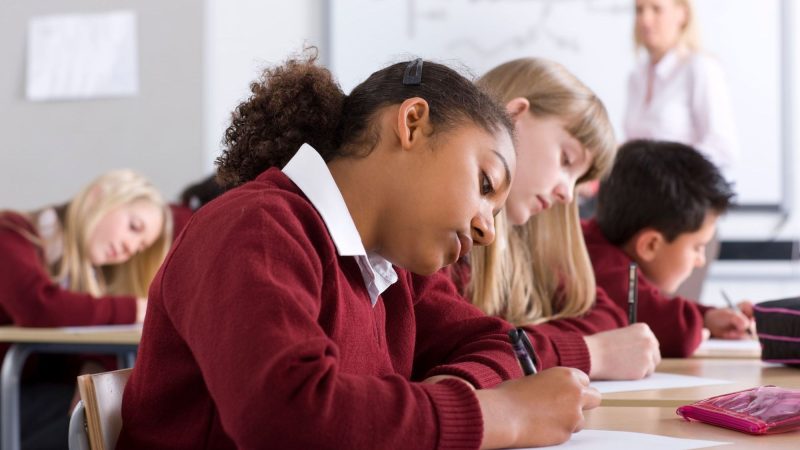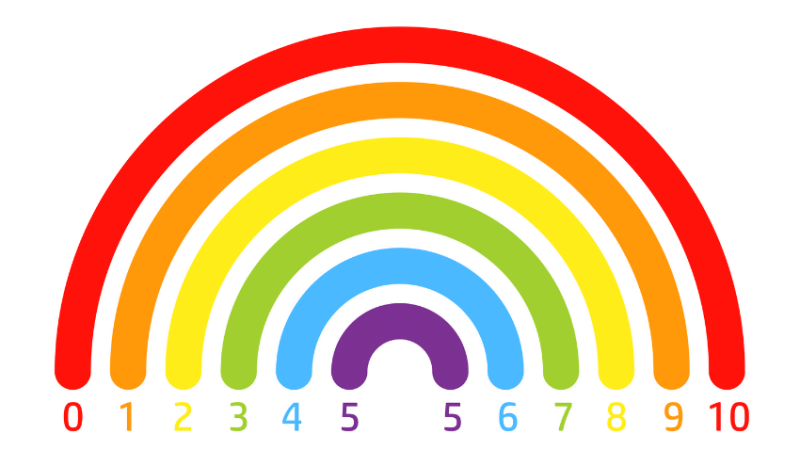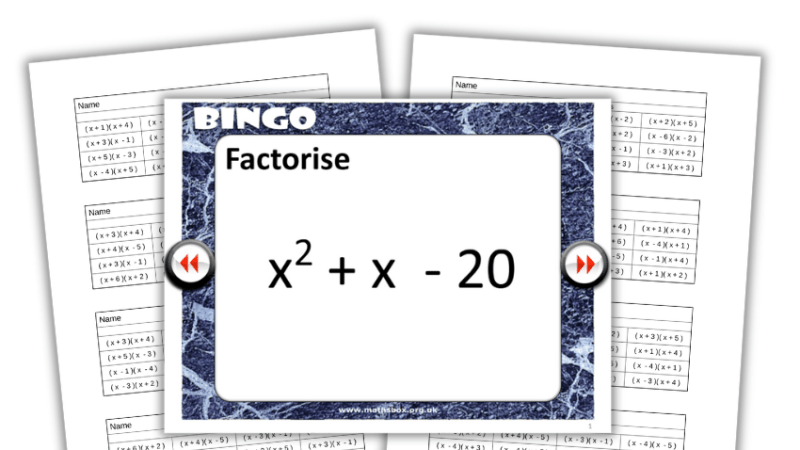Build Young Children’s Maths Skills With Construction Play
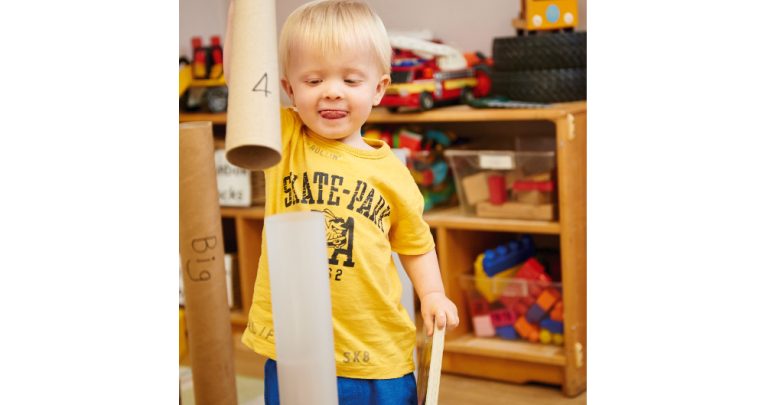
Offer children simple resources and the space in which to combine them in imaginative ways, and you will prompt countless mathematical learning opportunities, says Mary Barlow…
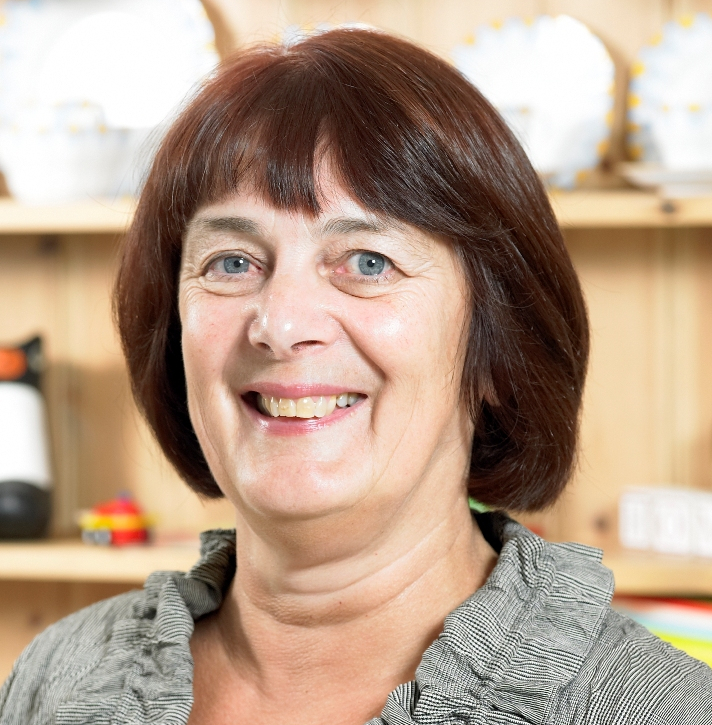
- by Mary Barlow
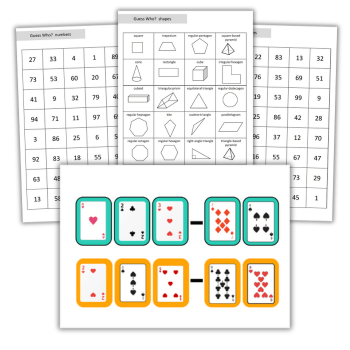
The construction area provides endless opportunities for maths through imaginative exploration. If it is stripped back to some basic equipment, the opportunities may even increase.
For example, if you offer the children a selection of boxes to explore, all of a sudden you have boats, trains, towers and dens. The children will stack them, line them up, carry them, fill and empty them, balance them and carefully store them ready for the next day’s play.
As the children become familiar with the open-ended play experiences, they should be offered further resources. Items used in real-life situations, particularly in building and construction or DIY, are particularly geared towards maths and are really interesting for children to explore and use – especially when they have seen a ‘grown-up’ using them for real.
With practitioner support and the addition of such resources, the children’s explorations in construction play will lead to many mathematical experiences such as problem-solving, sorting, comparing, measuring and weighing.
Most children will happily explore these larger resources on their own or in a small group in a small space. As the play develops and more children become involved, the area can be expanded or taken outside to accommodate more vigorous play.
What resources should we use?
The best larger-scale construction resources are those that are free, found or recycled, enhanced further with tools and construction equipment. Consider large baskets, crates and bins for storage, alongside boxes of different sizes and weights – from washing tablet boxes (ensuring they are cleaned properly) to packing boxes.
In the panel opposite you will find suggested construction materials. When the resources are stored separately in the manner described, they are easily accessible and children have more autonomy over what they choose to use as they problem-solve. It also makes tidy-up time much quicker and more meaningful as children are encouraged to see how certain resources can be grouped together because they share a similar purpose.
Creating an enabling environment
Once the area is equipped, the children will take over and won’t need much adult intervention. Practitioners should wait to be invited into the children’s play with the aim of becoming a ‘play partner’, rather than attempting to steer the activity. A lot of problem-solving situations will arise, giving opportunities to provide a narrative based on what is happening.
Finding the maths
Using the example of children using small and large boxes to build a bus, let’s unravel the mathematical experiences that can arise from construction play:
- Count how many seats are on the bus. (Count the seats from the back of the bus as well as the front of the bus to show the children that the result is the same.) The boxes that represent the seats could be placed in equal and unequal groups – two on one side of the bus and three on the other, one in front for the driver.
- Prompt a focus on number by asking, “What number is your bus? Is the number displayed clearly for everyone to see? How many people can sit on your bus?”
- As more children join the ‘bus journey’, you might want to count the seats with the children, by saying, “How many children are waiting at the bus stop? How many more seats do we need?” Encourage problem-solving, for example, say “Get two more boxes… How many do we have now? Do we have enough?”
- Provide card- and mark-making materials so that the children can make bus tickets. Think of the one-to-one correspondence as the bus driver gives the tickets out to each passenger. Put numbers on the tickets and the backs of the seats, and encourage the children to match or read the numbers by asking, “What number seat do you need to find?”
- Ask, “How much do the bus tickets cost?” and let the children use ‘real’ money to buy their tickets. The child collecting the money can use a sorting tray to sort the coins.
- Encourage the children to stand at the bus stop waiting for the bus to arrive, while you ask, “What time is our bus due? How many more minutes do we have to wait? Is our bus early or late or on time?”
- As you move towards tidy-up time you can continue to use the boxes as a mathematical resource. See how the boxes fit into each other. There will be an opportunity for you to talk to the children about how things are sorted into the different containers, for example, “Please could you help me to find all U-bends and junctions?”
Challenging maths
Children will inevitably challenge themselves and take risks in the construction area, as they balance and test their own ideas in a purposeful way. This is where they will reaffirm their maths skills, adding more boxes, changing the height of a ramp to get the angle just right, or finding the right shape and size material to complete a building project.
They will not recognise that these are maths problems, but it is important that the practitioner does, so that they can make best fit judgements about how children are progressing.
Try the following maths problems:
- See how many boxes you can balance to build a tower before it falls down.
- Arrange boxes in size order by estimating which boxes will fit inside each other.
- Build a train or a bus for a teddy, doll or family of mice.
This article is an edited extract taken from the Pre-school Learning Alliance’s Discovering Maths Through Play (2017). It is available online at shop.pre-school.org.uk priced at £11.55 for Alliance members and £16.50 for non-members.






